This article, brought to you by Garrett Precast—a reputable precast company—looks into the common signs your lift station needs to be repaired. If any of the signs discussed below sound familiar, do not hesitate to contact a local plumber or sewer repair specialist for help.
Unusual Odors
One of the first indicators of a problem with a lift station is the presence of foul or unusual odors near the station. If you start noticing a strong sewage smell around the area, it could mean that waste is not being pumped correctly or that a component has failed. Odors may signal clogged pipes, pump failure, or leaks within the station—issues that require prompt investigation.
Alarms or Warning Lights
Most lift stations are equipped with alarm systems to alert operators when something goes wrong, such as high water levels or pump failure. If you notice alarm lights, hear warning sounds, or receive notifications from your monitoring system, don’t ignore them. These alerts are your first line of defense and should prompt immediate inspection to avoid overflows or flooding.
Slow or Inconsistent Pumping
Lift stations are designed to maintain a steady flow of wastewater. If you notice that the pumping process is unusually slow or that the station seems to be cycling inconsistently, something may be wrong with the pump, controls, or valves. Inconsistent pumping can lead to backups, overflows, and system strain, which could eventually cause complete failure.
Frequent Clogging or Backups
If you’re dealing with repeated blockages or sewer backups, the lift station may be malfunctioning or overwhelmed. Grease, debris, or non-flushable items can clog the pumps or pipes, and worn-out grinders or valves may no longer be able to handle the flow. Frequent clogs are a clear sign that maintenance or repair is overdue.
Excessive Vibration or Noise
Lift stations should run smoothly and quietly. Loud banging, grinding, or excessive vibration can indicate that the motor, pump, or impeller is damaged or misaligned. These noises may seem minor at first but can escalate into bigger problems if left unchecked. What’s more, they won’t go away on their own. Call a sewer repair expert specializing in lift station maintenance to find the source of trouble and make repairs.
Visible Leaks or Standing Water
Any visible leaks, pooling water, or damp ground near the lift station are an indication of a problem that needs to be fixed. This could point to a broken seal, cracked housing, or a failed component. Water escaping the station not only indicates a failure within the system but can also pose environmental and health risks to the surrounding area.
Looking For Quality Lift Stations and Other Concrete Precast Products? Get In Touch with Garrett Precast
Lift stations are durable, but they do not last forever. You can expect a quality and well-maintained lift station to serve you for about 15 years. When it’s time to replace this component of your wastewater treatment system, be sure to work with a dependable precast company.
Here at Garrett Precast, we pride ourselves on offering quality concrete precast products, including lift stations, retaining walls in Union, SC, septic tanks, concrete parking stops, grease trap tanks, and many more. Our products meet the highest standards of quality and durability. Contact us to learn more about the concrete precast products we offer.
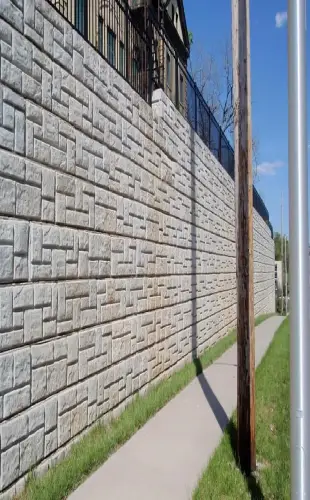
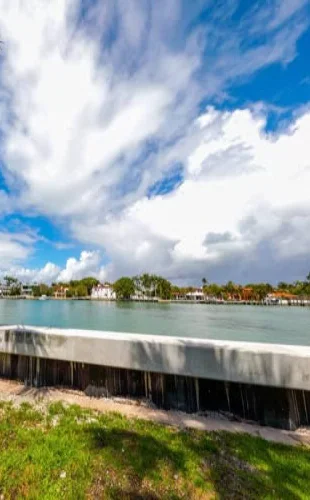
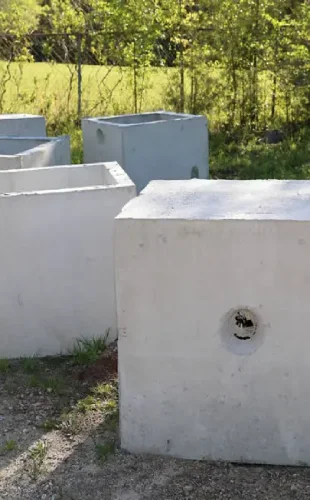
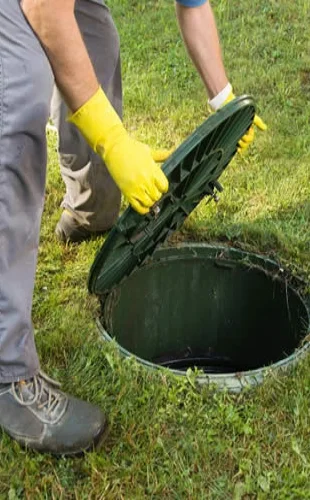
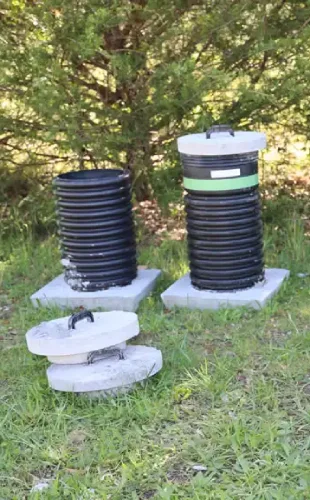
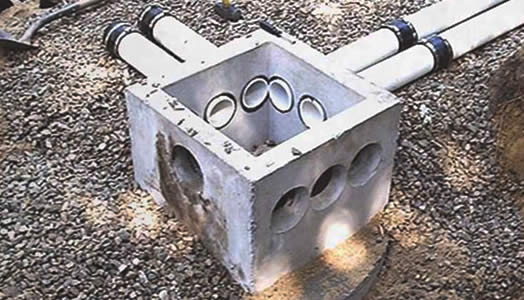
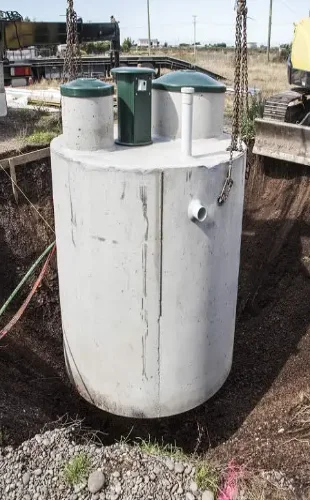
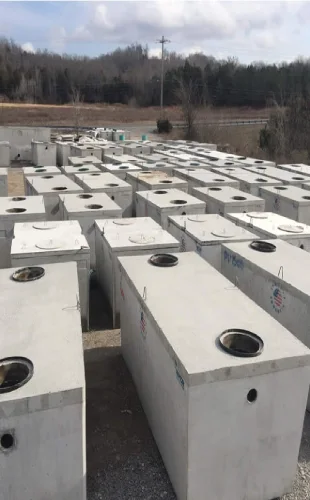
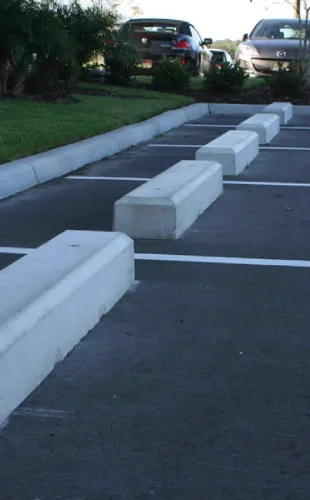
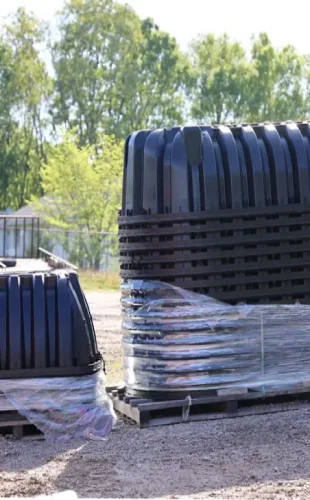
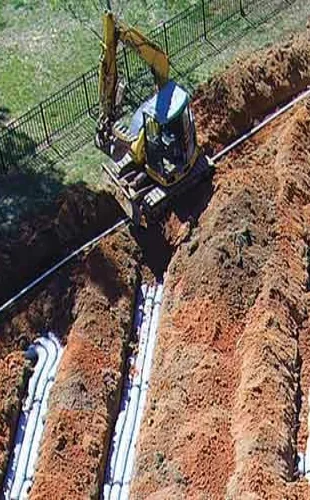

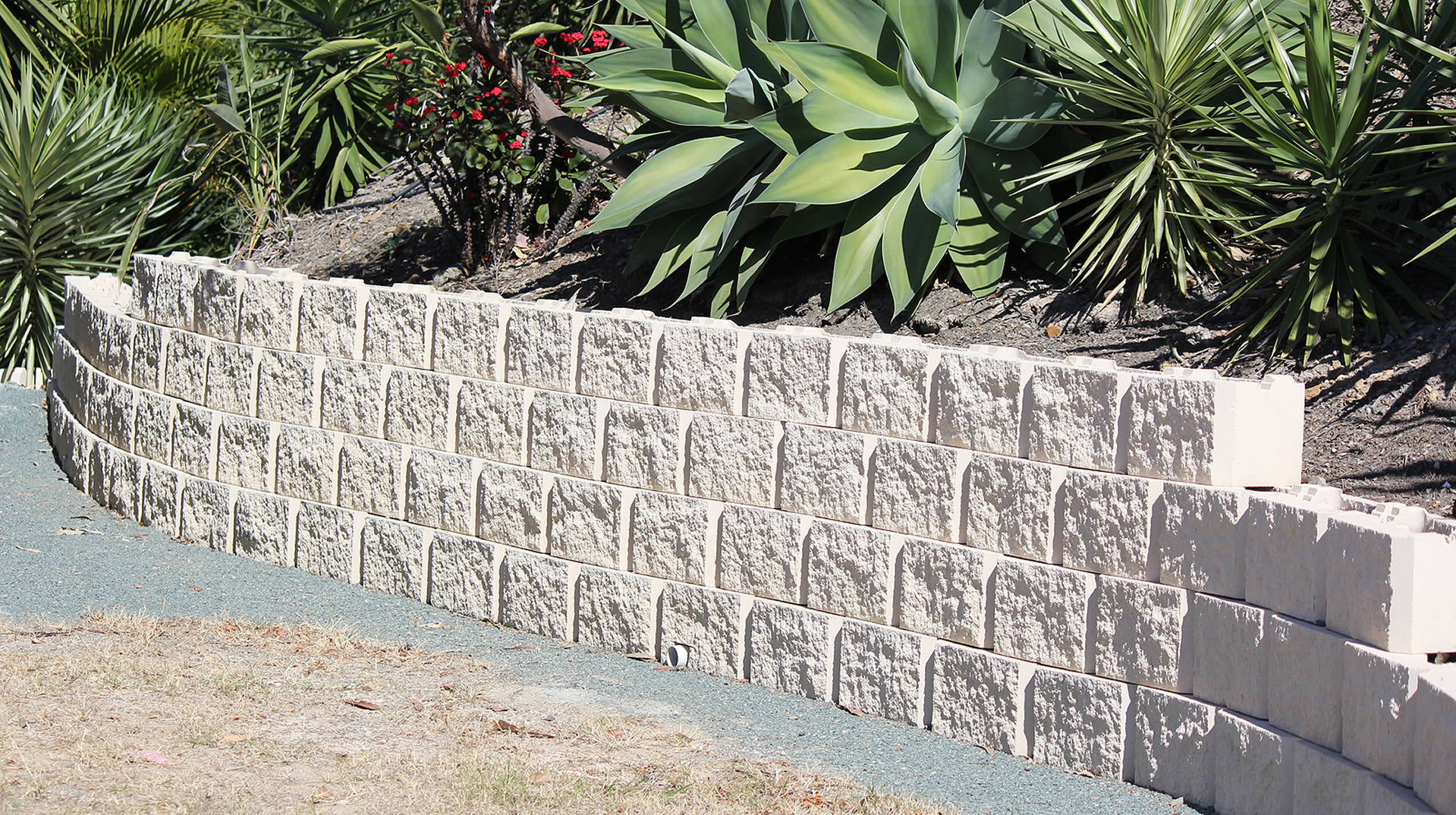
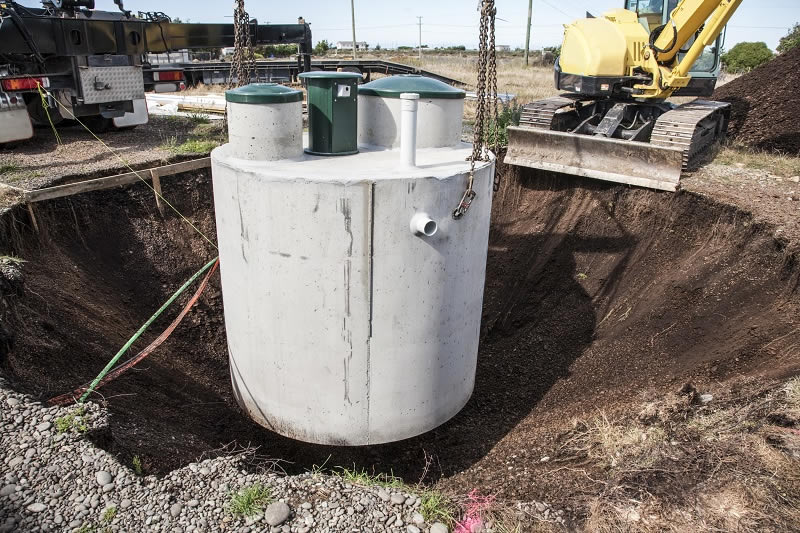

.webp)
